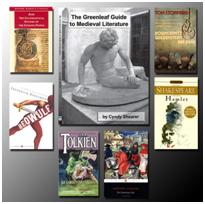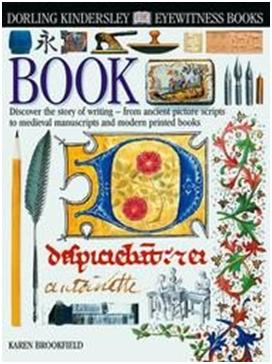 For those of us who are book-lovers (and if you’re not, one wonders why you’re reading this blog!), this is a delight. It is billed as “the story of writing – from ancient picture scripts to medieval manuscripts and modern printed books.”
For those of us who are book-lovers (and if you’re not, one wonders why you’re reading this blog!), this is a delight. It is billed as “the story of writing – from ancient picture scripts to medieval manuscripts and modern printed books.”
As with all the Eyewitness Books, this one is a visual feast. There are 25 two-page spreads, each illustrated with photographs of museum-quality artifacts. There is a bit of overview text, and then lengthy captions underneath each photograph describing the item in detail. The spreads are titled:
| What is writing? |
On Press |
| First signs |
Early printed books |
| Writing with signs |
Typefaces |
| Egyptian writing |
Binding |
| ABC… |
Illustrated books |
| Before paper |
Learning words |
| Paper |
Handwriting |
| A medieval Psalter |
Children’s books |
| Manuscript books |
Words at work |
| Books from Asia |
The typewriter |
| Islamic books |
The book market |
| Getting ready to print |
Keeping your words |
| Typesetting |

Examples of medieval handwritten manuscript books |
There is a fascinating chart on page 16 showing the alphabet family which compares the letter forms from Phoenician, Modern Hebrew, Early Greek, Classical Greek, Etruscan, Classical Roman, and Modern Roman.
As you can see from the spread titles above, the focus is on book-making BEFORE the 20th century. There is no coverage of modern book-making machinery or computer typesetting. For those topics, though, there are other books. With its 8 page center section devoted to Gutenberg, moveable type, and his press, this book makes an excellent resource for anyone studying the invention of the printing press. It will give you extensive background on how “books” were created in the ancient world, which helps you to understand the significance of what Gutenberg accomplished. I’ve scanned three of the sample spreads and placed them to the left here. |

This is a reproduction of the Gutenberg press |
|
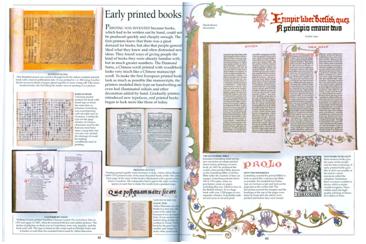
Gutenberg Bible on the right, Caxton’s Canterbury Tales on the left, and an Aldine edition from Venice in the center. |
Book, like all the other Eyewitness Books is a hardback, 64 pages, with a price of $15.99. It can be ordered directly from Greenleaf Press by clicking here.
– Rob Shearer
Publisher, Greenleaf Press
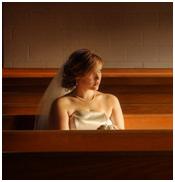

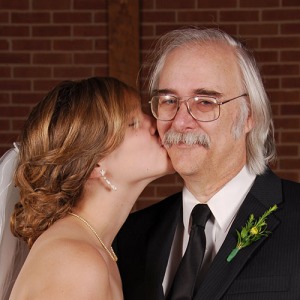
 Several reviewers (notably,
Several reviewers (notably, 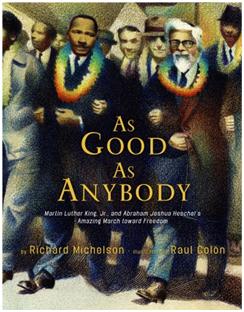

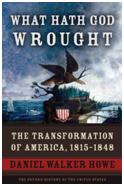 I’m reading a fascinating new book on American History (What Hath God Wrought: The Transformation of America, 1815-1848 – it won the Pulitzer Prize this year) when I ran across this striking passage in chapter 5, titled “Awakenings of Religion:”
I’m reading a fascinating new book on American History (What Hath God Wrought: The Transformation of America, 1815-1848 – it won the Pulitzer Prize this year) when I ran across this striking passage in chapter 5, titled “Awakenings of Religion:”
 Like the
Like the 